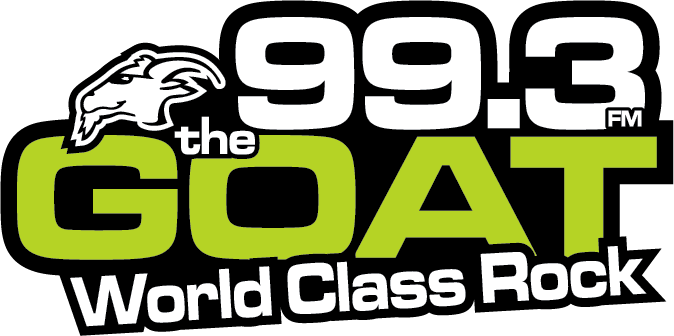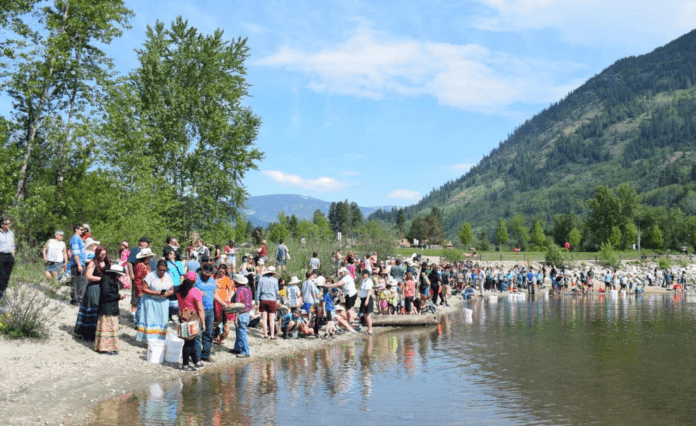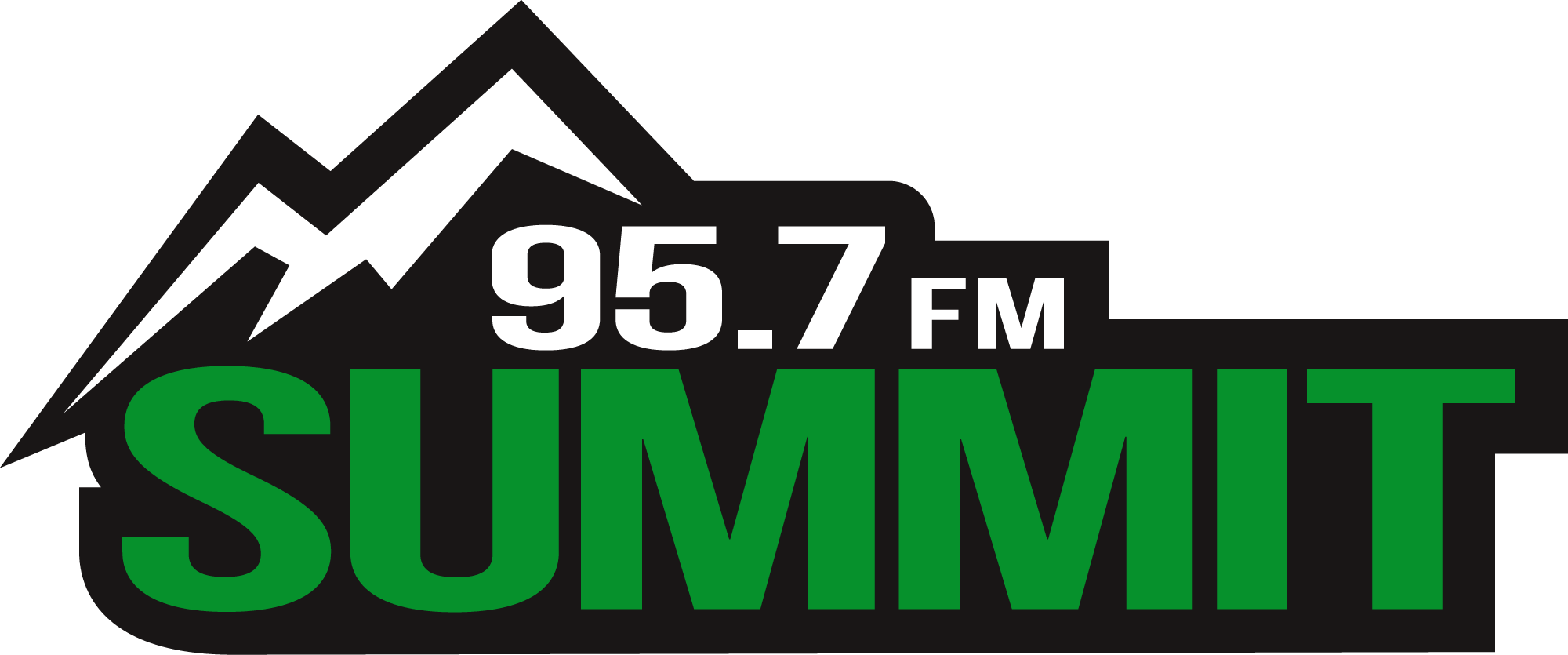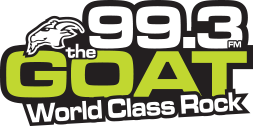A biologist with the Okanagan Nation Alliance is suggesting a hatchery in a box be placed near Castlegar as part of efforts to reintroduce salmon to the Columbia River.
Michael Zimmer told city council of the idea recently, noting the need for eggs, fry, and adult fish to fulfil experiments to answer some key questions.
He said the ONA has developed a similar hatchery in Penticton, which is a mobile unit made out of a sea-can. Each unit can incubate 100,000 eggs to fry. He said it has been successful in bringing back fisheries from the brink in other places, but requires engineering, planning, and a location.
“We would like to have a location near the river here,” he said. “Right now donor stock is supplied from Okanagan.”
He said such a unit would require a water and power supply as well as effluent treatment and would fulfil their vision to have a stable donor supply close to the river.
He says they have worked with other First Nations on the concept and are looking for further collaborators. “This would be a neat fit for Castlegar,” he said.
Zimmer noted in July 2019, representatives from the Syilx, Ktunaxa, and Secwepemc nations gathered at Millennium Park with representatives from the provincial and federal governments gathered to sign an agreement to collaborate on bringing salmon back to the Columbia, who have been blocked from entering Canada since completion of the Grande Coulee Dam in Washington state in 1942.
Zimmer said there has since been some progress since, but there are some important unanswered the questions. The Ktunaxa Nation is looking at a risk assessment.
“Salmon haven’t been here for 80 years and bringing them back into an ecosystem that’s been changed from a river system to a lake and dam and regulated system, are they going to be bringing diseases and pathogens up and are fish here at risk? And vice versa, are there things here that would put salmon at risk?”
Additionally, they want to know if there is available habitat for salmon. The Sylix are looking into the question of donor stock, which is where the fish boxes come in.
Zimmer also shared a fish story: last year, local anglers contacted them about mystery fish they were catching in Lower Arrow Lake. They turned out to be chinook released south of the border by the Upper Columbia United Tribes. Rather than heading to the ocean, they swam 130 km upstream into Canada, and made their way through the locks at the Hugh Keenleyside Dam before being caught.






